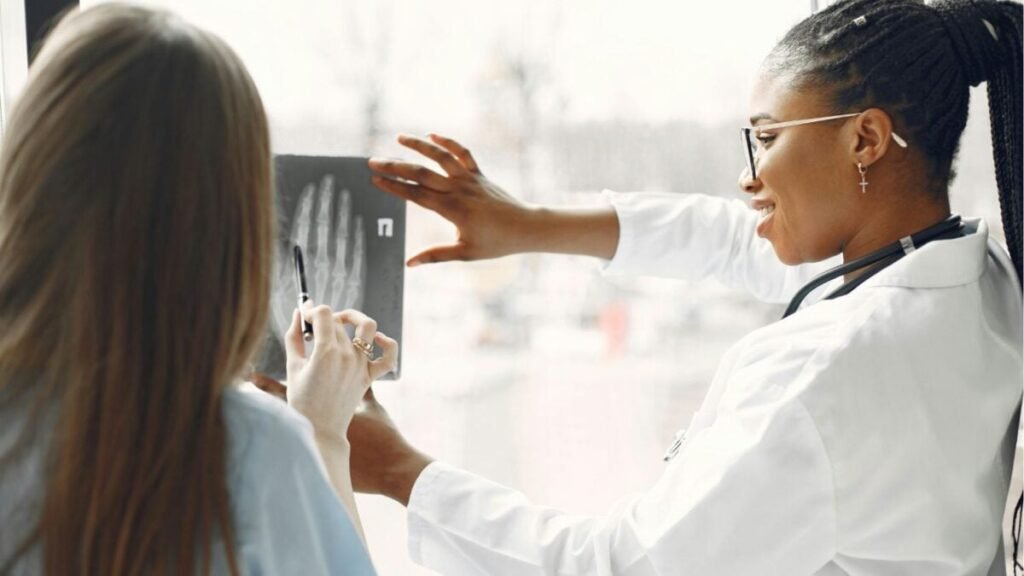The Amazing Tool That Could Totally Change Surgeries and Speed Up Bone Healing

The pursuit of personalized and efficient solutions in bone regeneration has led to a significant advancement in the field. Researchers from Sungkyunkwan University in South Korea have developed a new technique that has the potential to transform bone grafting procedures with improved effectiveness and safety.
A Groundbreaking Step in the Operating Room
The innovative device created by the Korean researchers allows for on-site grafting directly onto fractures during surgery. This real-time adaptation to the geometry of each bone speeds up the process and ensures precise anatomical fit, unlike traditional methods that rely on prefabricated pieces or lengthy preparations.
Promising Results in Animal Trials
Initial trials on rabbits with severe fractures have shown significant improvements after twelve weeks of treatment. The animals exhibited enhanced regeneration, increased cortical thickness, and better structural integration compared to current methods, without causing infections or damage to neighboring tissues.
How the Printing Process Works
The device utilizes a low-temperature extrusion system to melt polycaprolactone without risking burns to soft tissues. This controlled deposition onto the affected bone acts as a temporary scaffold, degrading as natural tissue regeneration occurs, eliminating the need for a second surgery to remove the implant. Antibiotics are also incorporated into the printing material to prevent post-surgical infections.
Advantages Over Traditional Methods
Previous bone grafting techniques were costly, difficult to adapt to irregular shapes, and impractical in emergencies. With this new technology, surgeons can complete the procedure within minutes, adjusting the graft direction and depth in real-time. Customized scaffolds can be designed to promote tissue integration and reduce complications, addressing key shortcomings of conventional bone replacement methods.
While the results in animal models are promising, further testing is required before human application. Larger animal trials, standardized production protocols, and regulatory approval are necessary steps before this innovative technique can be used for critical bone defect repairs. The ongoing efforts to enhance antibacterial effects and process robustness aim to provide a personalized, rapid, and less risky solution for patients in need of bone regeneration.






